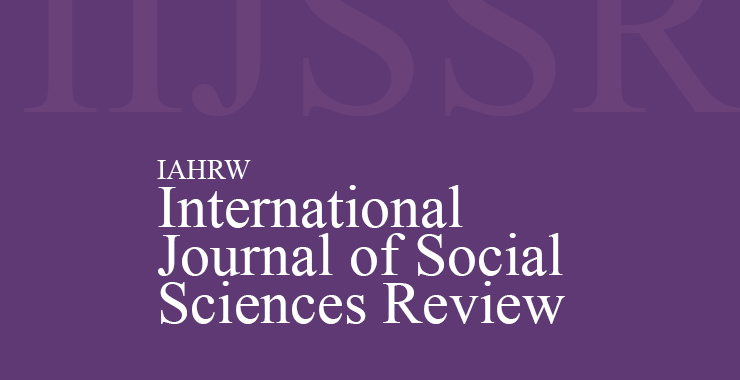Unveiling and Addressing Students Suicide in Higher Education
Original price was: ₹ 201.00.₹ 200.00Current price is: ₹ 200.00.
Page: 1136-1138
Guriya Sharma (Department of Education, University of Calcutta, Kolkata, West Bengal)
Description
Page: 1136-1138
Guriya Sharma (Department of Education, University of Calcutta, Kolkata, West Bengal)
Suicide among students, particularly during the college years, has emerged as a critical global public health issue, with increasing prevalence across diverse cultural, economic, and geographic settings. This paper explores the complex and multifactorial nature of student suicide, emphasizing its position as a leading cause of death among individuals aged 15-29. Key risk factors include academic pressure, social isolation, financial stress, and the onset of mental health disorders, especially during the highly vulnerable transition into college life, a period marked by identity formation and emotional upheaval. The consequences of student suicide extend well beyond the individual, profoundly affecting families, peers, educators, and entire academic communities. Early identification of suicidal ideation-reported in up to 25% of college students worldwide, is vital for timely intervention. However, despite growing awareness, many institutions remain inadequately equipped to address student mental health needs, often constrained by limited resources and persistent stigma surrounding help-seeking. This paper underscores the urgent need for comprehensive, evidence-based prevention strategies, including regular mental health screenings, peer support initiatives, accessible counselling services, and the cultivation of a compassionate, supportive campus culture. Coordinated, proactive efforts are essential to mitigate this preventable tragedy and to promote the mental well-being of students globally.

